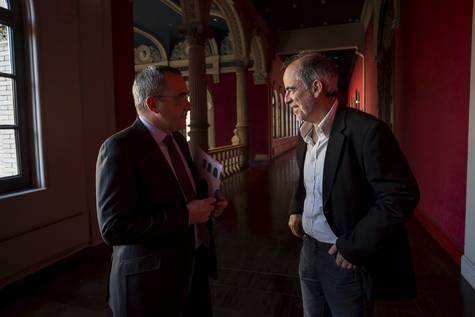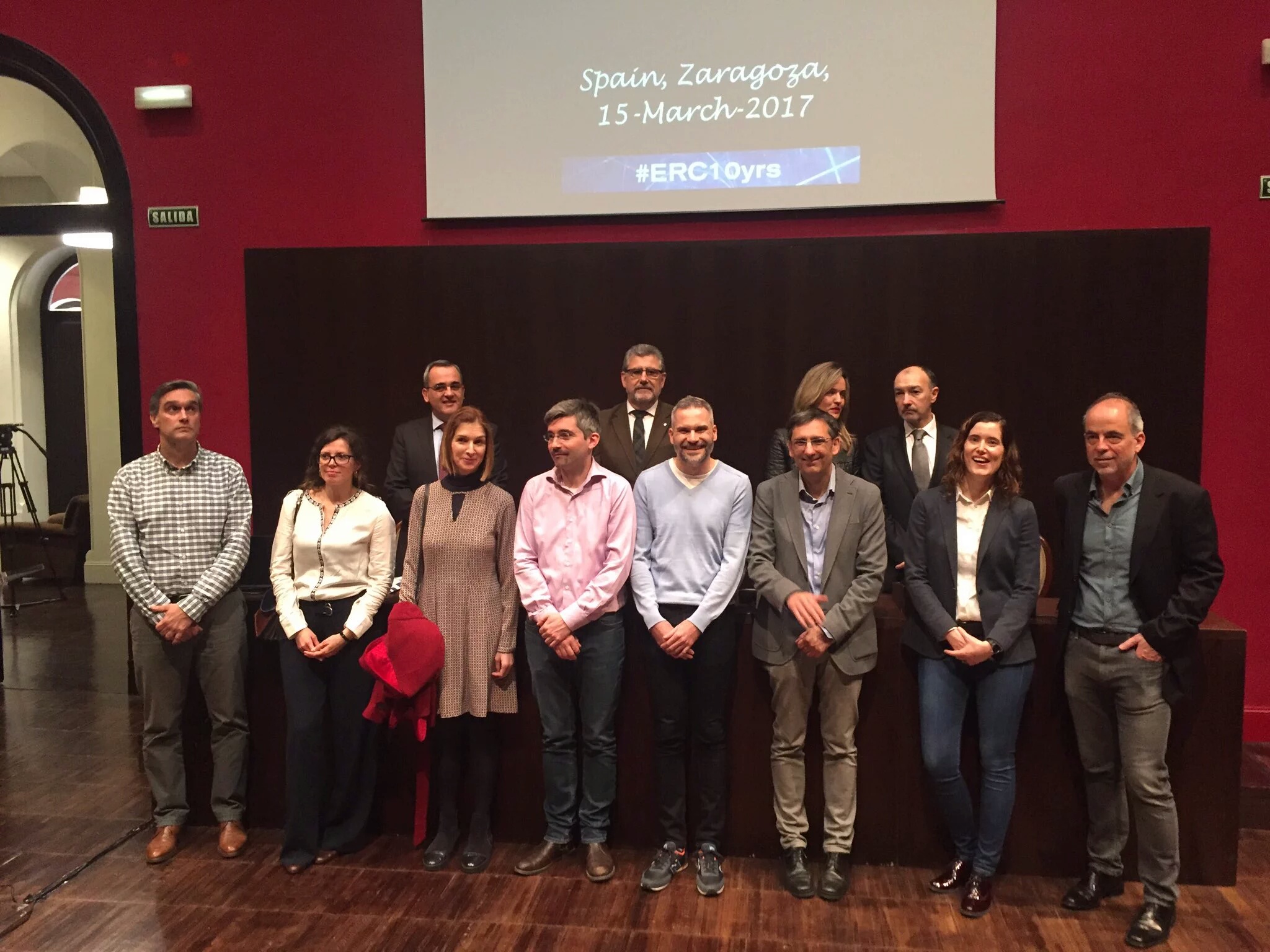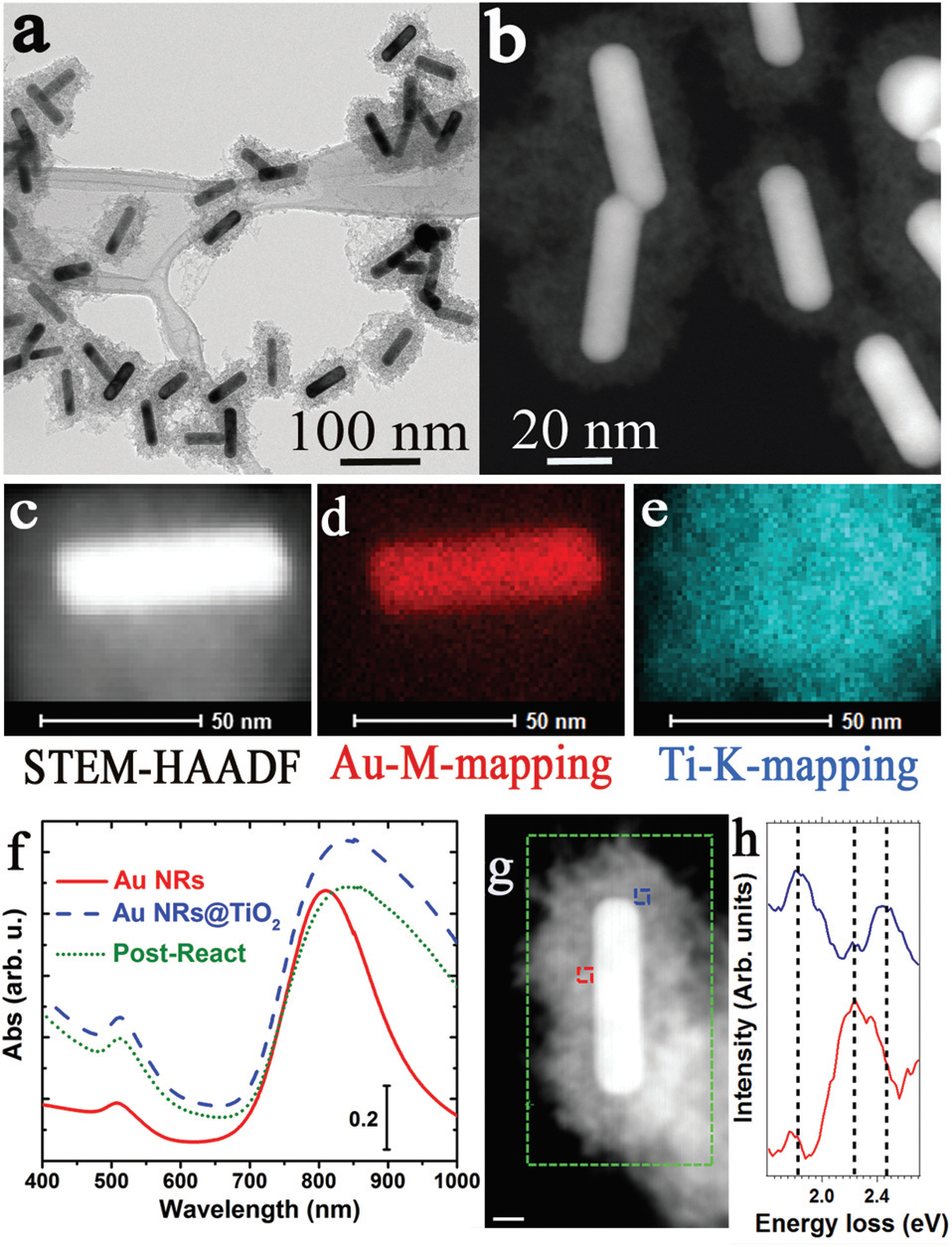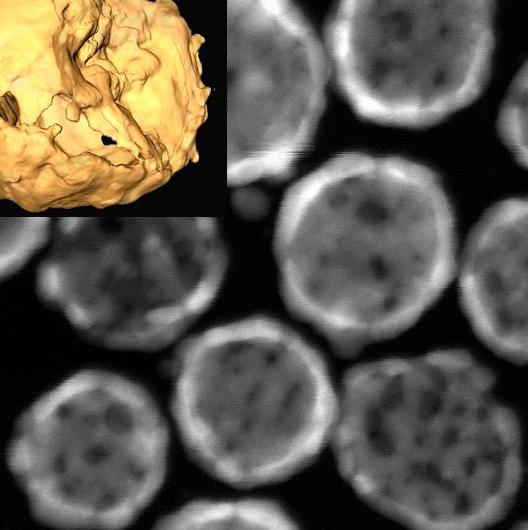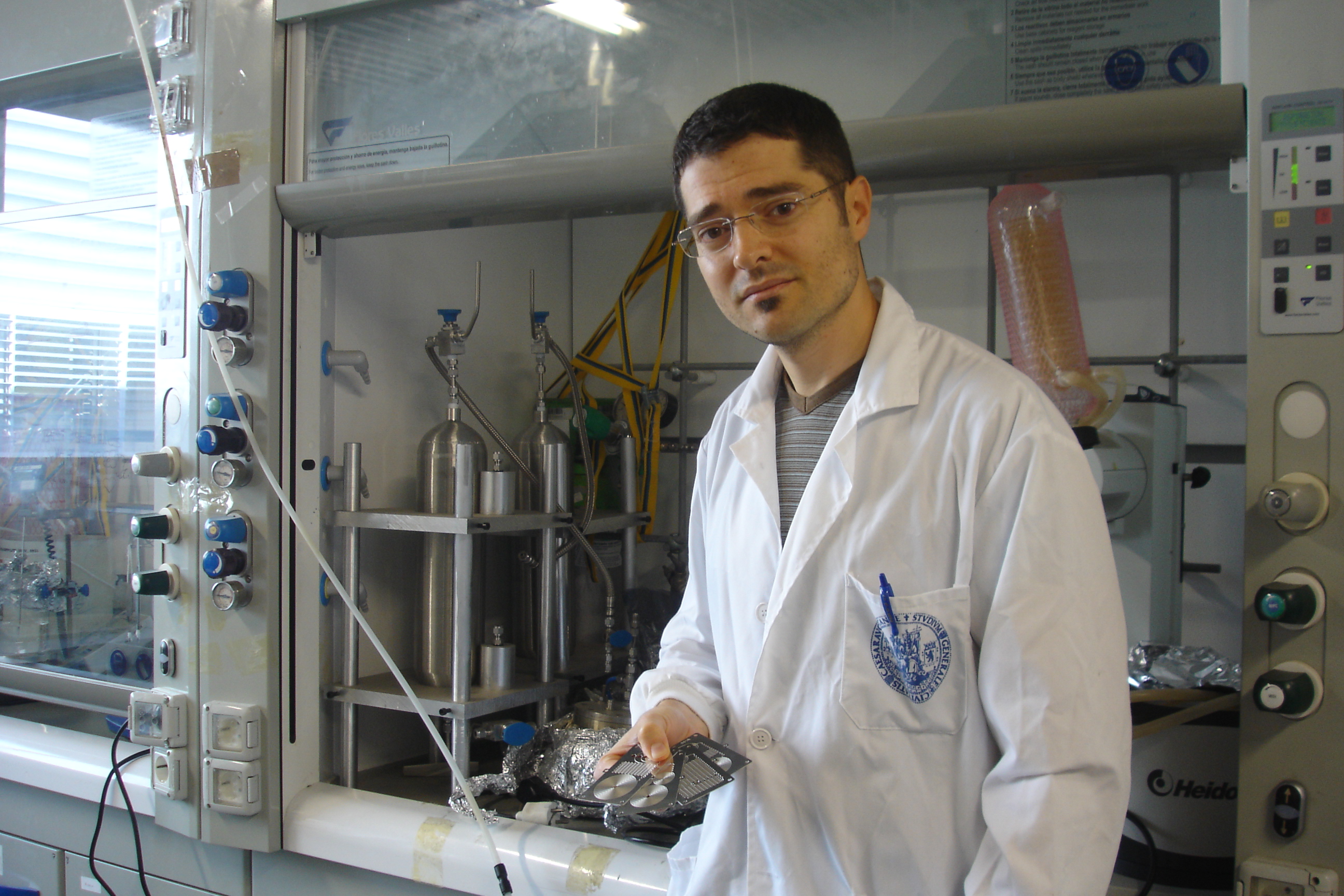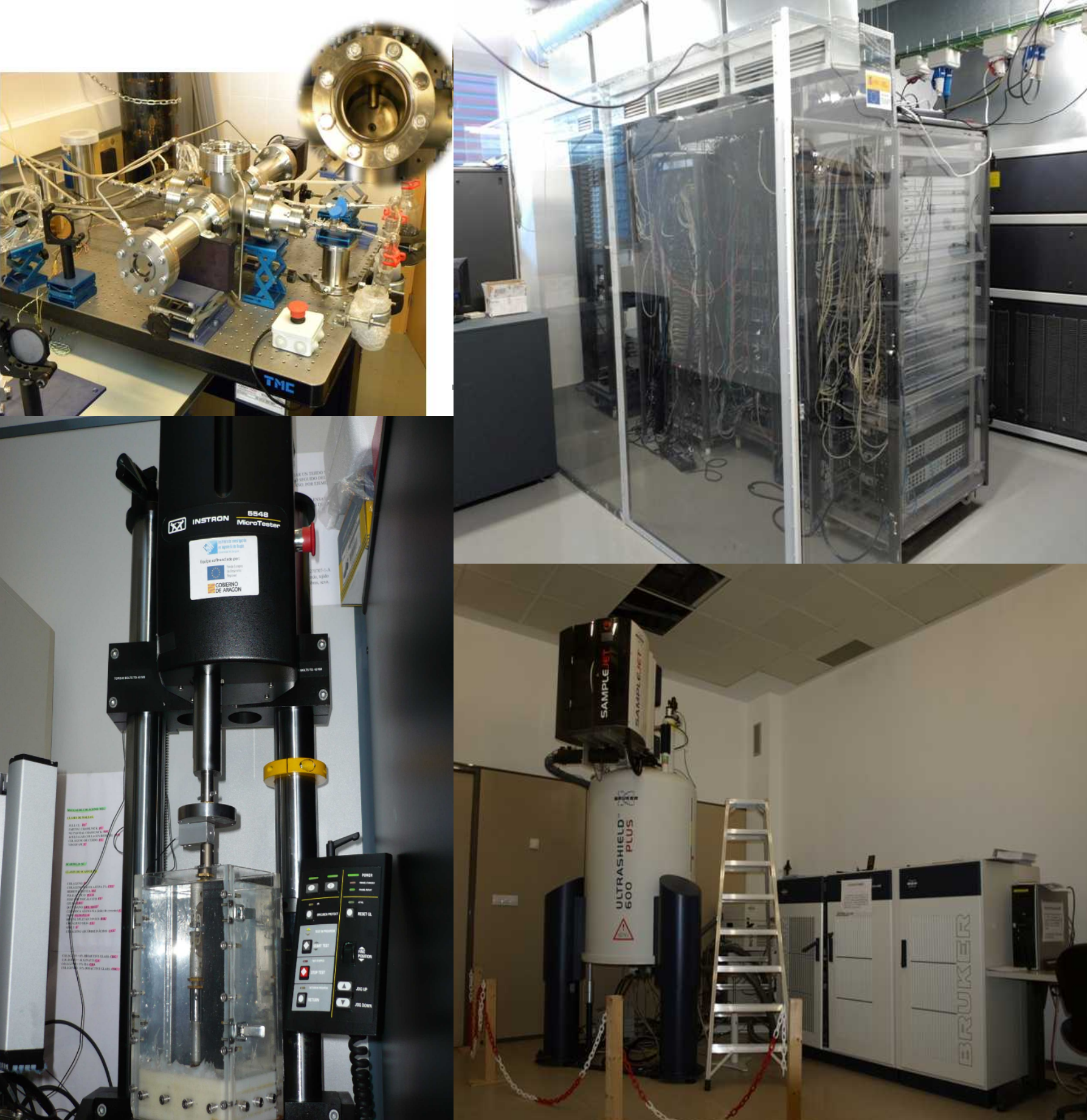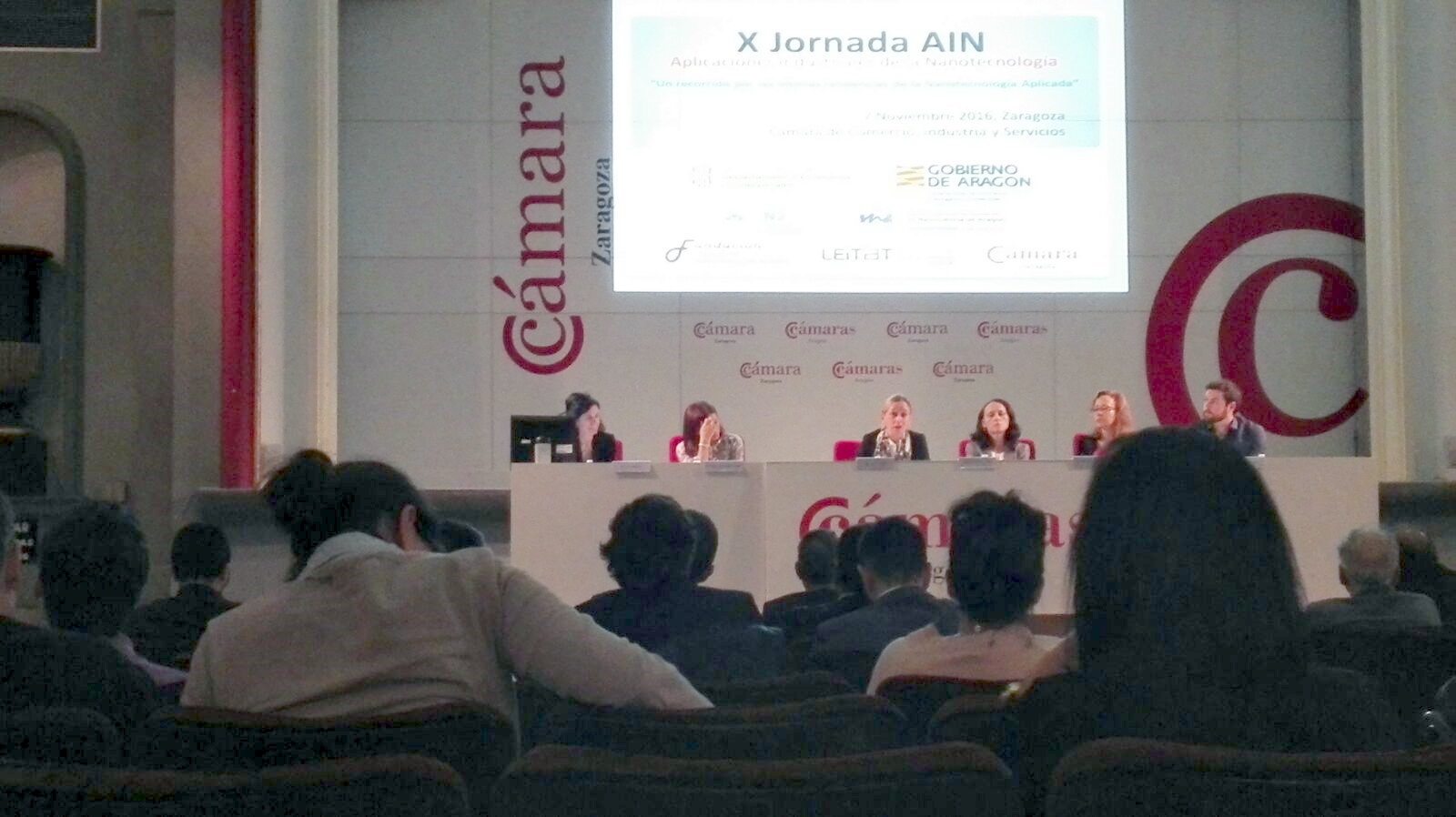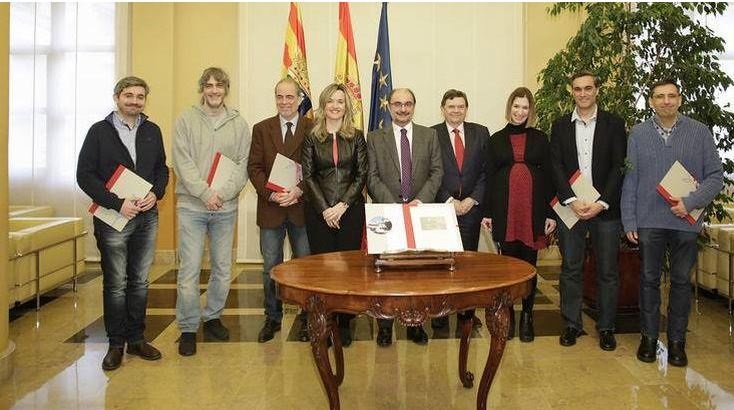J. Santamaría, U9 NANBIOSIS gets 2.5M € to develop a revolutionary cancer treatment
Jesús Santamaría, Scientific Director of Unit 9 of NANBIOSIS, has obtained, for the second time in six years, an ERC Advanced Grant, one of the most prestigious and extremely competitive European research grants, restricted to senior researchers with a research trajectory of high quality for more than ten years.
The CADENCE (Catalytic Dual-Function Devices Against Cancer) project will be financed by the EU with 2.5M € to work for five years with a powerful team: four own researchers and seven others to be selected from candidates from all over the world.
With this project the researchers propose a revolutionary cancer treatment to be developed and tested. “The central idea of the project is to consider the tumor as a chemical reactor in which catalysts can be introduced. A catalyst is agent capable of directing chemical reactions and, in this case, would destroy molecules that are useful for the tumor and generate toxic products inside the tumor. The project thus has the potential to add a new member -catalysis- to the toolbox in oncology And if we could do within the tumor cells themselves we would have a very powerful tool. It would be to use catalysis as an arsenal in oncology “, explained Jesús Santamaría. But in addition to developing catalysts that can work successfully under intratumoral conditions (temperature, oxygen concentration, pH), a method must be devised to bring those catalysts selectively into the tumor either through the capillaries by which it extends or Or inside mesenchymal stem cells, as a Trojan horse. Finally, the project contemplates activating the catalysts remotely by infrared radiation, once they have achieved their goal. There are already initial results of the group that allow to glimpse possibilities of achieving these three objectives. A central part of the project will be the synthesis of catalytic nanomaterials. For this, the capabilities of NANBIOSIS-ICTS will be intensely used”
Jesús Santamaría, believes that CADENCE has been selected because it is a new idea and, a priori, could be used in all types of tumors. “It’s new, it’s interesting and we’re going to contract the best researchers, because we’re going to need them,” he said. Among others, they will need experts in oncology, in photocatalysis and in modulation of bioreactors. .
